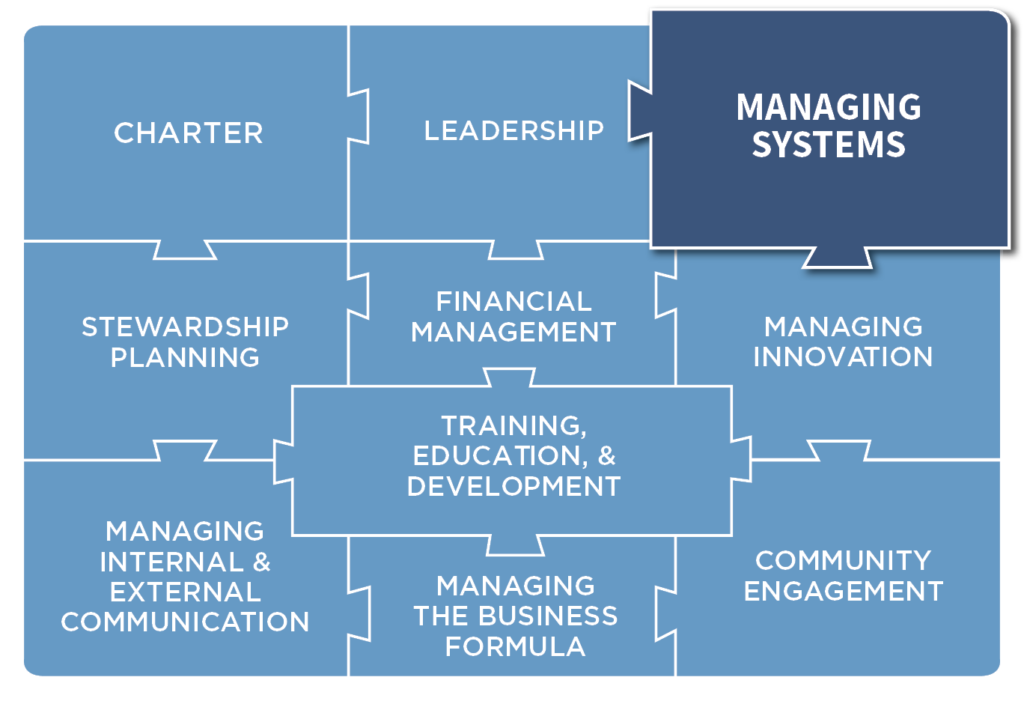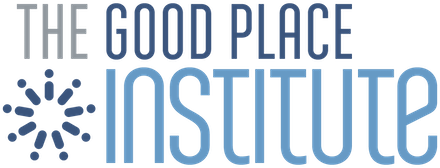The Challenge
Leadership & Organizational Challenges
The leadership and organizational challenges Managing Systems solves are countless. The challenges can include everything from misalignment of people and resources, to suboptimal performance of the organization or the systems that make up the organization.
Macro challenges can range from individuals not being valued in their role, or the role not being seen as a valuable contribution to the system at large. Additionally, challenges occur when clarity and understanding all roles in the organization, and how the organization operates are not well defined or misunderstood. Teams need knowledge & understanding how each system serves and supports another to fulfill their purpose and the overall organization.
Micro challenges can include tools and resource evaluation and assessment, job description development, training identification and implementation.


The Aim
Organized Systems
A system is the work of a group of people, working together toward a common purpose. Therefore, an organization is a system not a hierarchy. The aim of an organization is to fulfill its Charter, within guiding principles and behavioral values, and the aim of any system is to fulfill its purpose. Therefore, the Managing Systems approach can be applied to the overall organization, to systems and departments, to sub-systems and departmental functions, to cross-functional systems, and the like.
The Purpose
The purpose of Managing Systems is to lead and steward the people and resources entrusted to the leaders of the organization with excellence, and to fulfill the Charter of the organization. This approach begins with knowing the system and the people who work within it, giving opportunities for people to flourish in their role and their life at work.
Managing Systems begins with clear understanding of the Charter of the Organization, the Key Outcomes and Results that indicate successful progress, and the means, the major organizational systems, the organization has determined it needs to fulfill the Charter of the organization.
Managing systems then addresses each of those major organizational systems and/or departments to clearly understand of the purpose of each, the Key Outcomes and Results that indicate successful progress, the system the organization has determined it needs to fulfill the purpose of the system.


Clarity of Responsibility
In each case, system managers will intimately understand which they are responsible to steward (more specifically, the people, process, activities, tools and resources, knowledge, skills and abilities and feedback loops). This leads to a stewardship cycle that includes managing the system, monitoring the key outcomes and results, learning why the system is performing and producing what it is – with continuous improvement and enhancing that which is going well and correcting that which is not.
This approach also leads to developing accurate job descriptions and identifying effective training and education in order to value each member of the organization, developing them to their full potential.
The Results
Sustainable Stewardship
Managing Systems helps an organization and leader steward well that which has been entrusted to them. It optimizes the dynamics and the human physics of groups, utilizing their time, talent, and resources, working toward their common purpose. It helps those with formal authority in the organization to identify, equip, and empower people to achieve unity of aims, methods, and outcomes. It provides the means to sustainably achieve the Key Outcomes and Results and thus fulfill the purpose of the system and the Charter of the organization and value people.

